
Italian philosophy of life in contrasts (p. 5): Ostia – escape from hustle and bustle
Perhaps to truly feel Rome, one must become an ancient Roman?
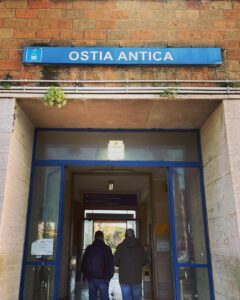
Located 6 km away from Lido di Ostia lies the city of Ostia Antica, with an entirely different history. It is the ancient port city of Rome. The name Ostia comes from the Latin word OS (“mouth” or “estuary”), as it was at the founding site of the city that the Tiber River (Tevere) flowed into the sea.
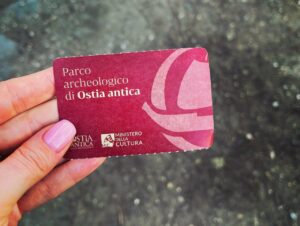
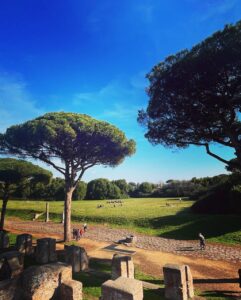
Today, it stands as one of the largest archaeological complexes with numerous attractions such as frescoes, mosaics, and ancient buildings. It is the main harbor of Ancient Rome, situated 25 km southwest of the modern capital of Italy.
Legend has it that Ancient Ostia emerged in the 7th century BCE during the reign of the fourth Roman king, Ancus Marcius. Many centuries ago, Ostia was a major port by the sea and the main trading center of Ancient Rome. However, frequent floods gradually destroyed the city. Over time, the sea receded several kilometers, leading to the decline of the port’s influence. The city remained abandoned until the 20th century when excavations cleared it.
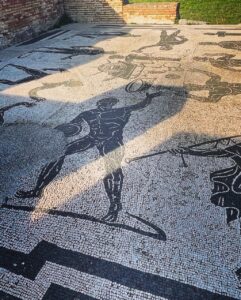
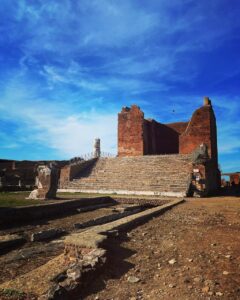
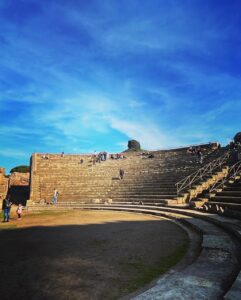
In Ostia Antica, the ruins of numerous cult structures dedicated to various deities have been preserved. For example, the Capitolium, dedicated to the chief Roman gods Jupiter, Juno, and Minerva, was built. Additionally, fragments of Domus – luxurious homes of ancient Rome, and Insula (translated as “island”) – multi-story brick and concrete buildings, still exist on the site. The impressive fragment of the Ancient Theatre in Ostia captivates with its grandeur, sparking the imagination about what the ancient Romans were watching centuries ago…
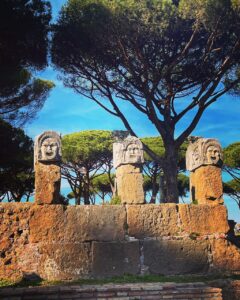
To feel the atmosphere of mighty Rome, one must start from its origins. Ostia beautifully envelops the traveler in its authentic culture, history, and unique artifacts. At the same time, the area, considered a suburb of Rome, reveals the true, daily, measured life of ordinary Roman citizens in the modern 21st century.
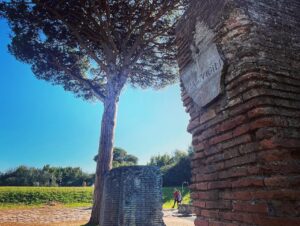
Let’s go “from tourism to lifestyle.”










One Reply to “Italian philosophy of life in contrasts (p. 5): Ostia – escape from hustle and bustle”